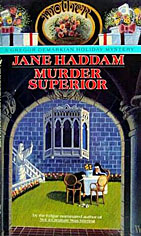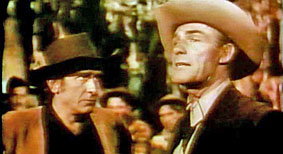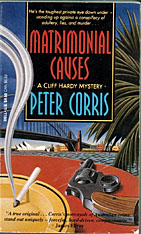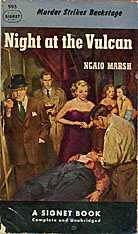Fri 25 Nov 2016
Movie Review: SHE COULDN’T TAKE IT (1935).
Posted by Steve under Films: Drama/Romance , Reviews[11] Comments
SHE COULDN’T TAKE IT. Columbia Pictures, 1935. George Raft, Joan Bennett, Walter Connolly, Billie Burke, Lloyd Nolan, Wallace Ford, James Blakeley, Alan Mowbray, Donald Meek. Director: Tay Garnett.
Like the definition of film noir, and perhaps even more so, the concept of the screwball comedy has always been nebulous to me. Some films definitely fall in the category, beginning perhaps with It Happened One Night (1934), while other comedies are most clearly not. She Couldn’t Take It, as the case at hand, I’m going to say is; that is to say, if categories are important.
What the film most definitely is not, is a classic. The members of a screwball family make the headlines so often with their upper class escapades and spending habits that the father (Walter Connolly as patriarch Daniel Van Dyke) would rather go to prison than have to deal with their debts any longer.
And jail, as it turns out, suits him well, and it is where he meets former bootlegger and racketeer Spot Ricardi (George Raft), whom be befriends and on his deathbed, makes hm the guardian of the family. The comedy comes into full play then, and so does the romance, as Ricardi falls in love with daughter Carol Van Dyke, most fetchingly played by a young and very lovely Joan Bennett.
The criminous aspect of this film comes when Carol, in order to have some money to spend, arranges with a rival of Ricardi’s (Lloyd Nolan) to have herself kidnapped so she and he can split the ransom. Naturally things do not work out nearly as well as she planned. Very badly, in fact.
What takes place on the screen during this movie is obviously very contrived and the story does not flow as well as it should as a result, but as I say, Joan Bennett is always worth watching, and even George Raft turns in a performance in which he seems to be much more relaxed than he was in later films. Available on YouTube for free (see below), at least for now, this is far from being a “must see” film, but you may find as many moments worth watching as I did.




